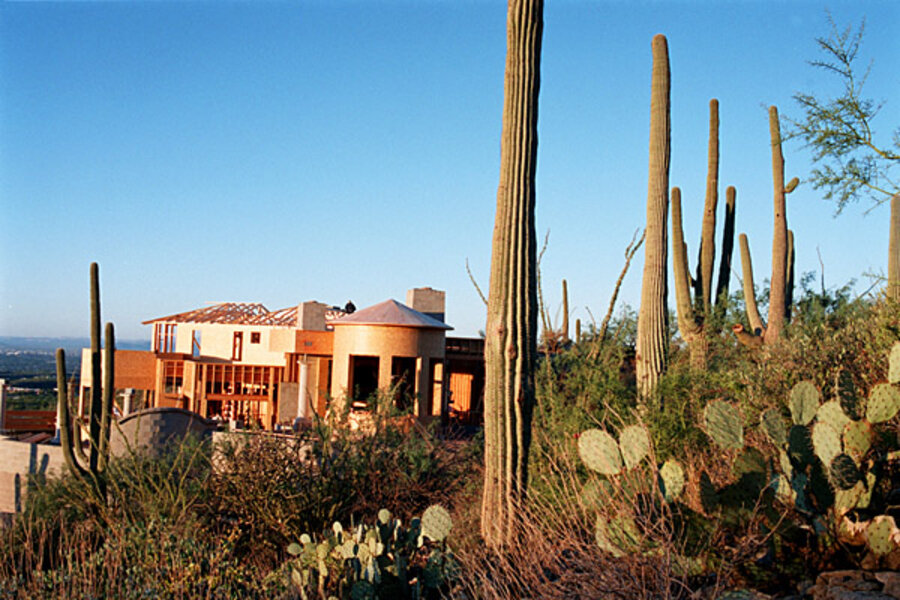Grassroots community initiatives revitalize Tucson’s food economy
Loading...
Tucson, Ariz. is host to a rich agricultural history as well as a rapidly expanding local culinary scene, helping earn the city of more than half a million people the coveted title of UNESCO City of Gastronomy in 2015. But what makes Tucson unique is how their thriving food scene came to be—by leveraging the efforts and innovation of community members from all parts of the food system and building from the ground up. University of Arizona Center for Regional Food Studies Director and Slow Money Institute board member Gary Paul Nabhan shares his perspective on the importance of empowering local communities to allow everybody to take part in growing the city’s rapidly growing food industry in his new article Food, Community, and Justice.
Nabhan’s article highlights the troubles the city faced following the 2008 recession that led to a dramatic increase in unemployment, poverty, and food insecurity. According to the article, the unemployment rate in Tucson went from 5 percent in 2008 to over 11 percent in 2010. People are still currently facing the impact of the recession today—according to recent reports, one in every four households in Tucson are currently living below the poverty line. Seeing rising disparity in food access, community groups like the Community Food Bank of Southern Arizona have begun to take action on their own, investing in longer term solutions to food insecurity, including offering culinary training to the unemployed which provide critical skill sets for future employment opportunities. Says Nabhan, “The community could not wait for the government, foundations, or universities to get its food system back on track so instead it found novel ways to fund and implement – from the grassroots – a series of striking innovations to feed its community members.”
Some of the greatest contributors to Tucson’s growing food economy have been traditionally marginalized immigrants. The article highlights the growing number of recent immigrants, many of whom were born in Mexico, who are starting new food start-ups and driving economic recovery in the city. In addition, refugees from more than 30 countries are joining the action by growing and distributing produce to families in need across southern Arizona through the Iskashitaa Refugee Network.
Food, Community, and Justice partly credits the recent signs of economic recovery to the efforts of these new food entrepreneurs, many of whom pursued their activities with very little starting capital. Nabhan hopes that bringing in social-venture organizations that offer micro-lending and seed grant programs will allow even more community members to participate in the economic recovery. By working together and supporting other fellow local businesspeople, Tucson is addressing its poverty and food insecurity challenges in ways that will protect the most vulnerable from future shocks. According to Nabhan, “For a safety net to have staying power, it must be woven from the bottom up.”
This story originally appeared on Food Tank.







